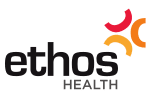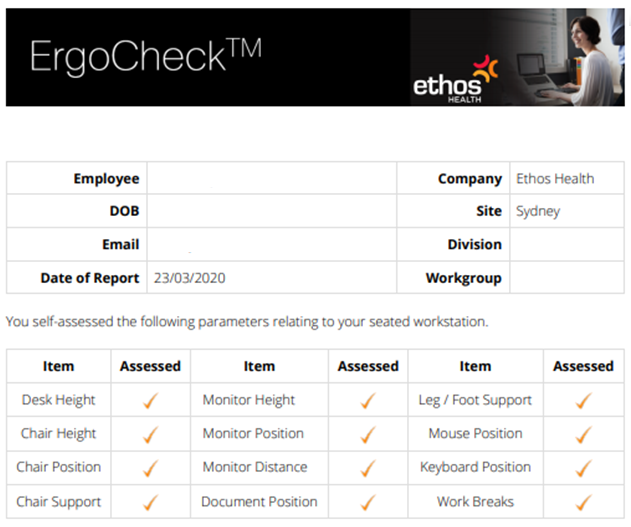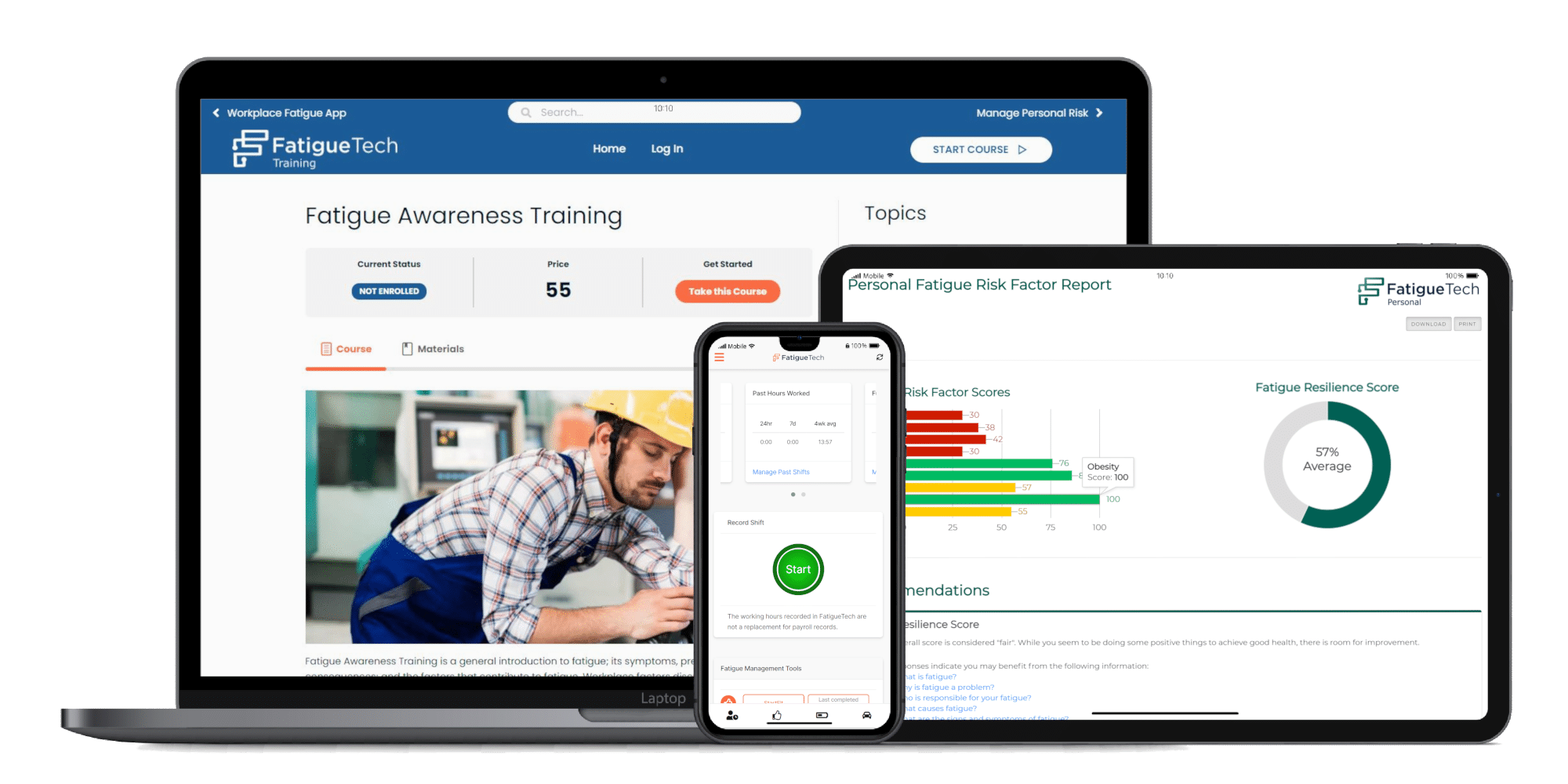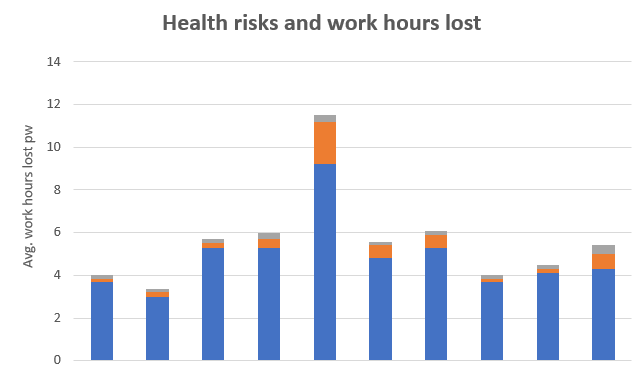5 in 6 coal miners now overweight – What’s the plan?
mining-nsw-blog-4.png
Ethos Health were proud to be part of this year’s NSW Minerals Council Health Safety and Environment Conference with our very own Dr Trent Watson joining
Kylie Ah Wong (Chair NSWMC OHS Committee) and Stephanie Loader (Chair NSWMC) to launch of Blueprint for the Management of Overweight and Obesity in
the New South Wales Mining Industry.
Current situation
Obesity is not just an issue for mining but for the community in general. The prevalence of overweight and obesity in Australia has steadily increased
over the past thirty years and is forecast to continue increasing. Based on data from NSW Coal Services Health, the prevalence of overweight and obesity
among NSW coal miners is 83.4% . This is markedly higher than the proportion of Australian adults who are overweight or obese at national (63%) and
state (52.5%) levels.
 |
 |
 |
| NSW Mines (2012-14) | NSW Average (2014) |
Australian Average (2011-12) |
Given the significance of this health issue nationally, the NSW Minerals Council (NSWMC) engaged Ethos Health to prepare the report Obesity and the NSW
Minerals Industry. The report, published in 2015, presented data on current overweight and obesity prevalence potential impact on individuals, the
workplace and the community, as well as, key strategies for achieving and maintaining a healthy weight were presented.
Moving forward
Following this report, the NSWMC in partnership with the Newcastle Institute for Energy and Resources (NIER) and the Centre for Resources Health and Safety
at the University of Newcastle, hosted a workshop for senior mine health and safety representatives, health professionals and researchers, mine safety
regulators, union representatives and government-related health organisations. The aim of the workshop was to develop a framework (the Blueprint) to
guide and support employees and workplaces in the management and maintenance of healthy weight to optimise health and wellbeing.

Trent outlined “Mining is a significant employer in NSW. This Blueprint recognises that the workplace can play a critical role in the prevention and management
of obesity through social leadership, and providing a supportive workplace culture and environment, which has the potential for a broader impact, particularly
in regional areas.”
“The NSW minerals industry is committed to a sustained approach to fostering healthy and productive workplaces that support the prevention and management
of overweight and obesity with a vision of reversing the current population trends of approximately gaining 300g per person per year by setting a vision
for the industry of ‘one kilo at a time, one miner at a time, one year at a time.
“Everyone has an opportunity to engage with this vision. Miners can participate and engage, mine sites through commitment and support, service provider
by providing knowledge, skills and resources, unions by supporting and encouraging members, research institutes through research and evaluation…”
Trent says.
To see the Blueprint and full report please click the download buttons below.


DOWNLOAD BLUEPRINT DOWNLOAD FULL REPORT
More Information
Other blogs you might be interested in;
- Learn More: A wellness program that works
- Learn More : The truth about weight loss
…or if you have any questions, please contact Dr Trent Watson.
02 4962 8700







